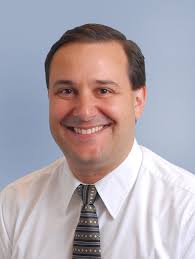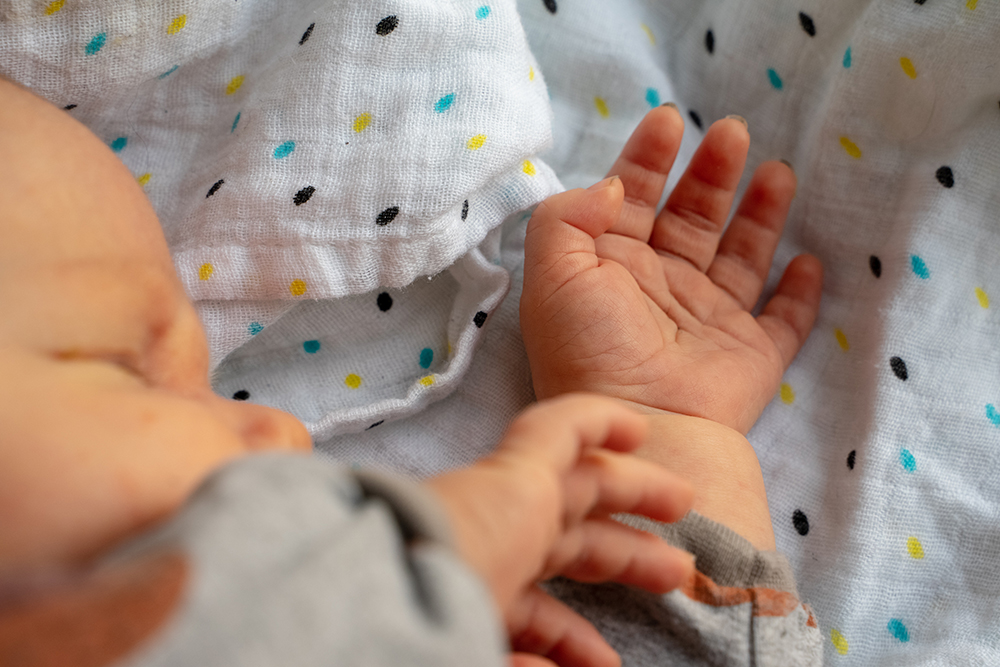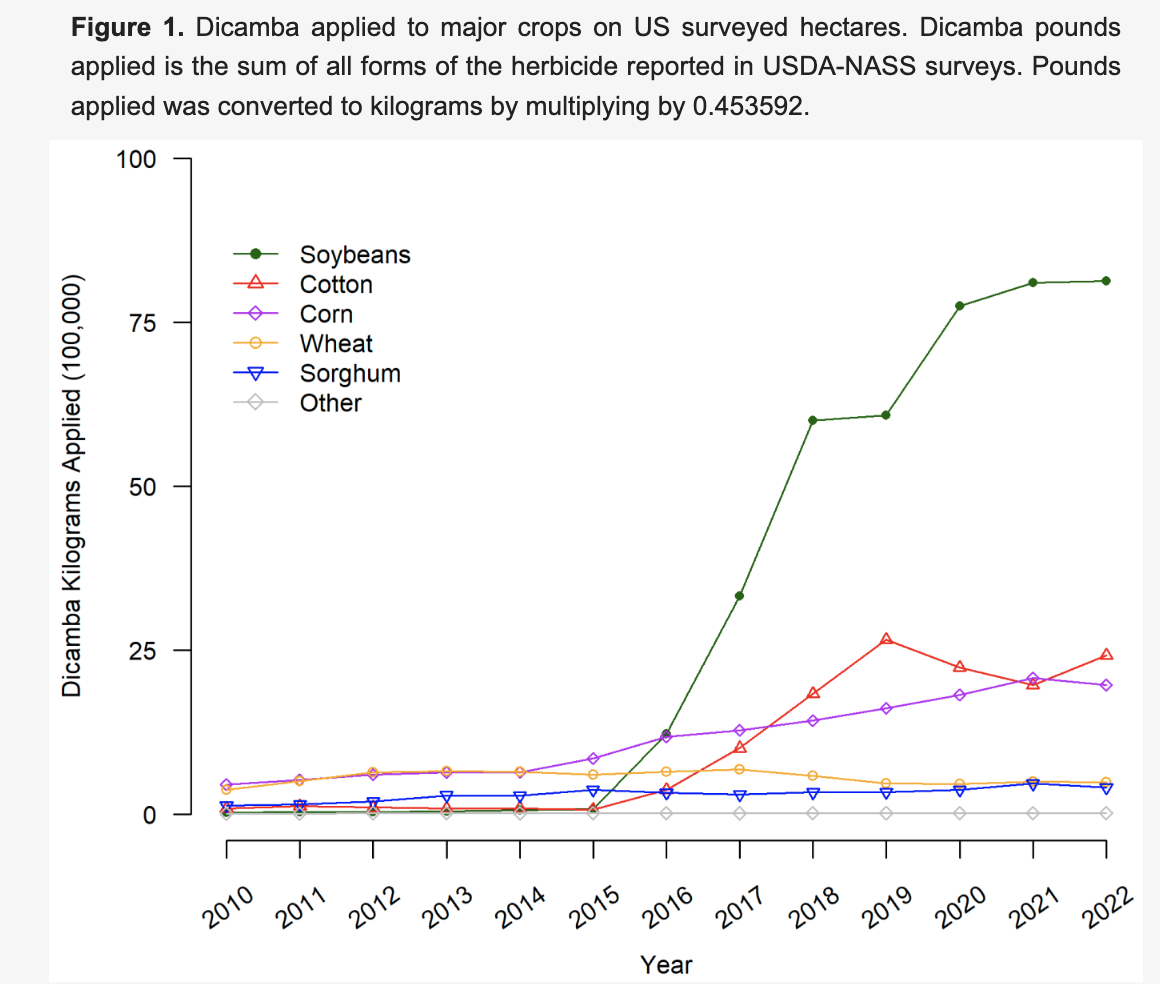Carroll: Welcome back to the Healthcare Triage Podcast! Today we have a returning guest David Haas. He’s the [Robert A. Munsick] professor of obstetrics and gynecology and vice chair for research in the department of obstetrics and gynecology at Indiana University School of Medicine.
I hoped you might first, like we always do, talk about what you do and how you got there? What made you decide you want to be a doctor? Then into OB/GYN and from there to get involved in research and in the areas you’re interested in researching?
Haas: I never really had that sort of lightning bolt moment that said I wanted to be a doctor. It just sort of came to me one day in high school and I thought, sure, that sounds like a cool thing to do. It sort of happened that way and everything went well for me then during medical school as I was going through my rotations. As you know, you know you rotate in all sorts of different specialties and really it wasn’t until the end of my third year, when I got to the OB rotation and didn’t really have any desire to do it, but it had everything I wanted in medicine. It had some primary care. I loved to operate and then there’s just nothing like delivering babies and so it was exactly what I wanted to do.
When I came home halfway through the rotation and told my wife she said “you know you’ve been happier in this rotation when you’ve come home and more excited to talk about your days than you had on any other rotation” and so she sort of figured I was going to lean that way too.
During residency I just wanted to answer the “why questions.” There were so many things we didn’t know, so I really got bit by the research bug in that way. Trying to answer those questions about why we do things, the way we do things, and how can we improve outcomes?
Carroll: So what do you like to focus on in those areas with respect to trying to improve outcomes? What specifically are you interested in?
Haas: I am a general ob gyn so I like all of obstetrics and gynecology, but in the research area I am mostly focused in obstetrics in improving pregnancy outcomes and reducing risks so that at the end of the day everybody’s goal is a happy mom and a happy baby. If we can achieve that and if we can find ways to help us achieve that for this new family, that’s really the goal.
Carroll: One of the things that has been making the news recently and I’ve been reading about is plastics and concerns about some different kinds of chemicals or exposures and how those would relate to pregnancy. I know you do work in this area, specifically something called The Heartland Study, so I was hoping you could tell us a bit about that and a bit about whether I should be worried about these things.

Haas: The Heartland Study is a new study that we started just about a year ago. We’ve recruited over 100 women here at IU. So far the plan recruitment is to recruit 2000 women and we’re really trying to expand into the whole state because we want rural women who are pregnant to also be in this cohort as well. It’s really about environmental exposures. It’s not necessarily as much plastic, but it is pesticides. Really looking at how farmers are waging this war against weeds and against insects and other pests and what are those chemicals that are helping increase crop yields doing to our health? So what we’re doing is recruiting a cohort of women that’s going to be multiple sites across the Midwest. We are really trying to understand and measure these pesticide levels in pregnant women’s urine and then also look at the pediatric outcomes and follow these kids out for several years to look at what kind of developmental impacts the exposures may have.
Carroll: When we’re talking about pesticides and exposure to them, is it that these mothers live near farmland where water runoff or other things are leading to their exposure, or is it that it gets on food in general and no matter where you live you’re going to get exposed, or is it something else?
Haas: Short answer is yes to all of those. We know that these are sprayed on crops and they get into the environment that way, but most of the exposure for women, for instance in a downtown urban area, is going to come from food. We also know some of these environmental exposures happen just in dust particles that travel around. So there’s a lot of different ways that people can get exposure and that’s one of the reasons why we’re doing the study and taking really detailed histories of what you eat. We’ve worked with some of our environmental health folks here at IU in the past looking at how we can understand where your water source is. Are you on well water? Are you on city water? And what are the ways that you might be exposed to these things? We know that exposure is really common and we want to understand what those concentrations look like for women and for their babies, and what potential impacts it could have on the pregnancy outcomes.
Carroll: So are you just doing questionnaires or are you actually having to travel and test people’s food and water and what they’re consuming?
Haas: Right now it’s with questionnaires, however as we move along in the project it’s something we may think about. If we’ve got pockets of participants who are in different areas we may go out and measure those things. We would have to get funding for that but that is something that’s in the back of our minds to do.
Carroll: Are you also looking at air quality and things like that, or is it for the most part just food at the moment?
Haas: Most of it is food. However, we’re getting addresses for all of these participants so we’ll be able to go into public ag databases and other air quality databases to look at some of those things based on their location physically. We’re looking at the various common outcomes that we look at in pregnancy preterm birth growth restricted babies: preeclampsia, gestational diabetes, and then how the babies will grow and develop. That’s the phase two component of the project.
Carroll: Are you expecting to find that there are serious problems? I mean, is this one of those where I’d be horrified to learn that people are consuming chemicals and then there are bad outcomes, or are these things incredibly rare and you’re trying to fix things at the margins from other work that’s been done?
Haas: We know that a lot of these substances are very prevalent in the urine, particularly in women in Indiana since we are such an agricultural state. There have been some association studies that have pointed to potential exposures with increased risks of some pregnancy outcomes that are things like growth restricted babies and shorter gestational length. So what we want to do is, in a bigger study and a little bit more robust of a study, to measure these concentrations to see if it’s just any exposure or if there’s a dose effect exposure that the higher your concentrations of these chemicals in your urine are the worse your outcomes might be.
Carroll: Do you envision that the outcomes from this would be telling people to eat or live differently, or would be to change regulations and how we actually use some of these chemicals?
Haas: It is very possible that some of the information that we are able to gather from this could definitely inform public policy and could inform people’s choices. We want to make sure we have good rock solid data before we start to get into any kind of other public education and advocacy work. But that is part of our funding agency who’s funding this project, the Heartland Health Research Alliance. They definitely have an eye to that next step, as to how do we get science translated into society?
Carroll: Is there a lot of variation between how farmers use these chemicals? Or I mean to the point where you need to know, okay it’s not just that you ate a lot of vegetables, but that you eat a lot of carrots and it’s this kind of carrot and that carrot comes from this farm?
Haas: We aren’t capturing which farms these things come from, although that may be a component we need to look at in the future. However, our dietary questionnaire is pretty detailed about which vegetables and which components and how much of your diet is quote unquote organic and where does that come from.
Carroll: How many moms and babies do you have to enroll in order to get some good data on this?
Haas: We are planning to enroll 2,000 women and mother-infant pairs, so we are at the very beginning. We will be recruiting other hospitals through the Midwest likely in the next year or so. We’ve just recruited a hospital system in Wisconsin to help us as well. We’re also working with Franciscan Health down on the southside of Indianapolis. It’s going to be a large cohort and nothing like this has really ever been done in the Midwest. We are also looking at some samples that we received from the nuMoM2b, which was a really large [10,000-participant] first-time pregnant women study. We’re analyzing those specimens right now to see what the exposure may have been when nuMoM2b was done back in the 2010 to 2013 range. We do know that the usage of these pesticides is going up as they’re trying to counteract resistant weeds, so there’s a lot of work and a lot of interest.
Carroll: Are you looking for outcomes just around birth, or are you going to follow babies further out once they are born?
Haas: Once they’re born we’re definitely going to be following the babies. That’s one thing I’ve always struggled with in obstetric research, is that the minute we hand the babies off to the pediatricians we sort of stop. So there’s a lot of push nowadays in obstetric cohorts to follow these kids out longer term. In The Heartland Study we’re absolutely going to plan following these kids for at least three years of life and see how it goes.
Carroll: How do you get women to enroll? Is it that they have to be taken care of by certain physicians or certain places, or is this the kind of thing with pregnant women no matter where they are no matter what they’re doing?
Haas: Now that we’re talking about collecting things at a distance, patients could get more involved in research. For many of our projects we will take anybody who wants to sign up. A lot of our cohort studies like Hoosier mom’s cohort, like The Heartland Study, are listed on the research at IU sites. For the all-in for health, those kinds of recruitment sites anybody is welcome to reach out to us here at the department and we can definitely get you enrolled. Particularly for The Heartland Study we want rural participants. We’d love to have at least 20 to 30 percent of our participants be out in the Heartland, in the farming communities, in rural communities. We know that there’s exposure in downtown Indianapolis, but we also know there’s exposure, and looking for how much of exposure, is a difference in rural areas. We’ve had all of these great processes that we’ve not necessarily perfected, but we’ve really improved upon how we do distance research. We can send things to you so you can send us your bio specimens back. There’s a lot of remote work that we can do for participants in various areas of the state and even if we have to see a participant physically to take their blood pressure or to do something like that, we can figure out ways to get that done. There’s a push through the CTSI and IU health and other health systems to see how we can get research resources in other areas of the state that we could have various hubs around to really make this a more robust research endeavor.
Click here for the full interview on Healthcare Triage Podcast




